Congratulations! You've made the decision to learn to ride a motorcycle.
Where do you start? Here's the best advice we (or anyone) can offer on this topic: take a motorcycle training course.
You may have friends or family members who insist that they can teach you to ride. But however tempting that may be—and we cant stress this enough—learning to ride a motorcycle from anyone other than a trained instructor is not a smart option.
Its been proven that those who attend formal motorcycle riding classes are involved in fewer accidents than those who do not. Accepting the instruction of a friend or family member also puts you at risk of picking up bad habits, as that person may not know the best and safest methods of executing particular riding skills. By taking a formal training class, you're choosing to invest in your personal safety—not to mention the future safety of any passengers who may eventually ride with you in tandem.
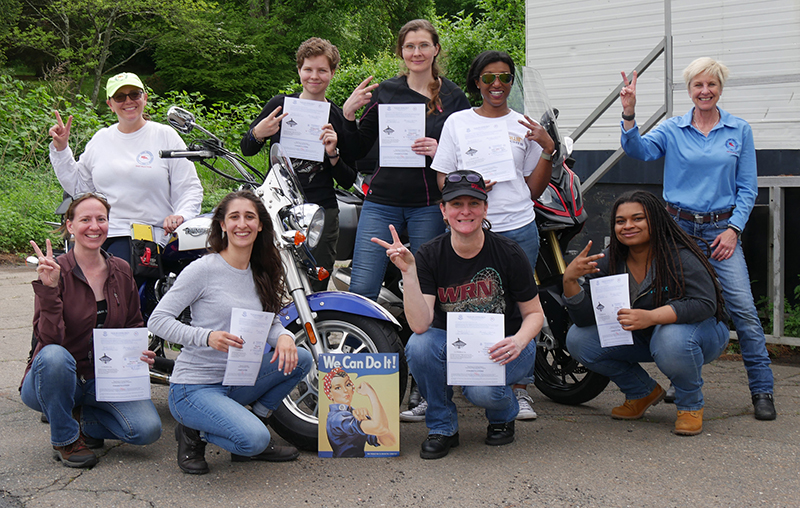
The motorcycle industry has made it easy to help new motorcyclists learn to ride.
Fortunately, the motorcycle industry has made it easy to help new motorcyclists learn to ride. There are numerous organizations that offer training courses, but by far the most notable of these is the Motorcycle Safety Foundation (MSF), which offers an internationally recognized motorcycle training curriculum considered the standard for learning how to ride a motorcycle.
For those planning to ride a Harley-Davidson motorcycle exclusively, the Motor Company offers similar riding courses through a program called Harley-Davidson Riding Academy New Riding Course. It was formerly called Rider's Edge.
The MSF offers a range of classes for everyone from complete novices to experienced riders looking to expand their skills. The MSF class for beginners is called the Basic RiderCourse. Offered at nearly all MSF locations throughout the United States, this course is usually held over several days, combining classroom instruction with riding instruction on an enclosed range (usually a large parking lot).
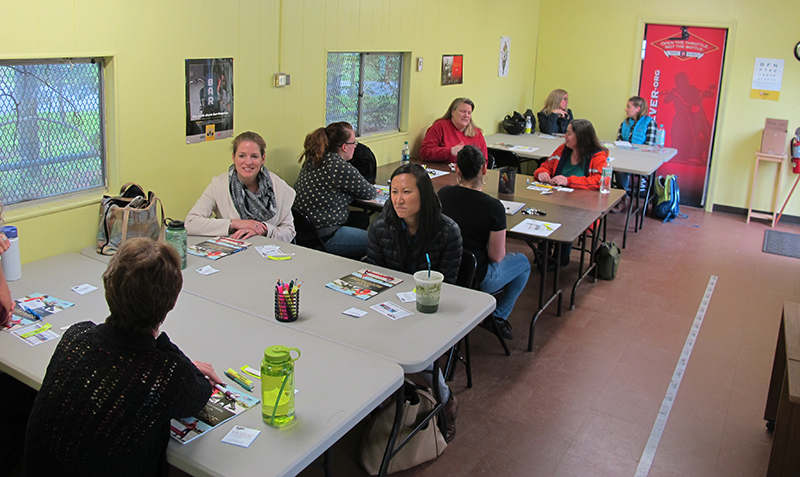
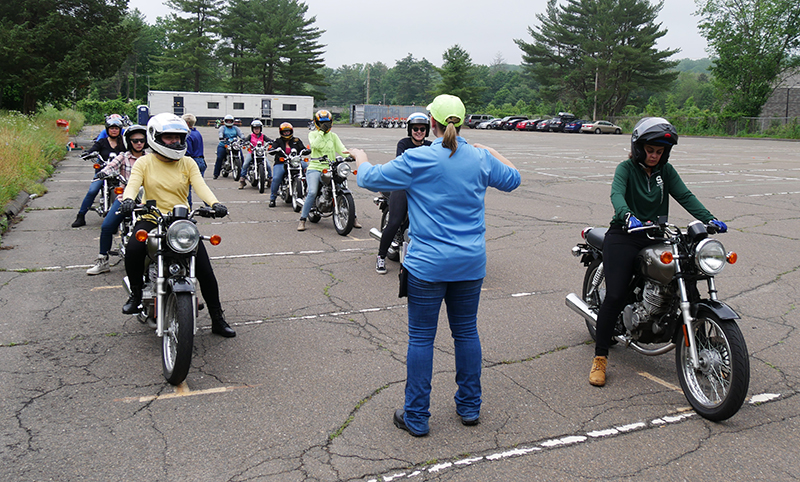
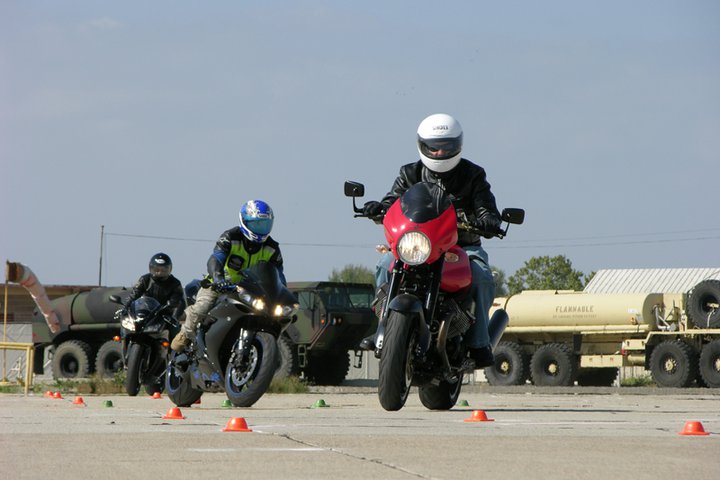
In most states there is a fee to take the class, which varies by location but is generally considered quite reasonable. In some states, passing the MSF course satisfies official licensing requirements for a motorcycle endorsement. Some motorcycle insurance plans even offer a discount if you've graduated from a motorcycle safety training class.
Motorcycles are provided for all students enrolled in the MSF Basic RiderCourse. Most sites use good starter motorcycles with displacements no greater than 250cc. Typically you'll need to arrive dressed to ride—this includes wearing a jacket or long-sleeved shirt, long pants, sturdy over-the-ankle boots, full-fingered gloves, and some type of eye protection (goggles, glasses, or sunglasses). Some sites provide DOT-approved helmets, but you may need to bring your own.
Where can you find out about classes in your area?
Here are several ways:
- Visit the Motorcycle Safety Foundation website, where you can search for a location near you, read descriptions of the many classes offered, and find out how to register.
- If you are unable to find an MSF location in your area, visit a local motorcycle dealership and ask a salesperson if he or she can provide you with information on a training location in the area. Most dealerships will have this information on hand.
- If you're interested in Harley-Davidson's new rider training program, visit the Learn to Ride section of Harley's website to learn more about the types of classes offered and to search for a participating dealer near you.
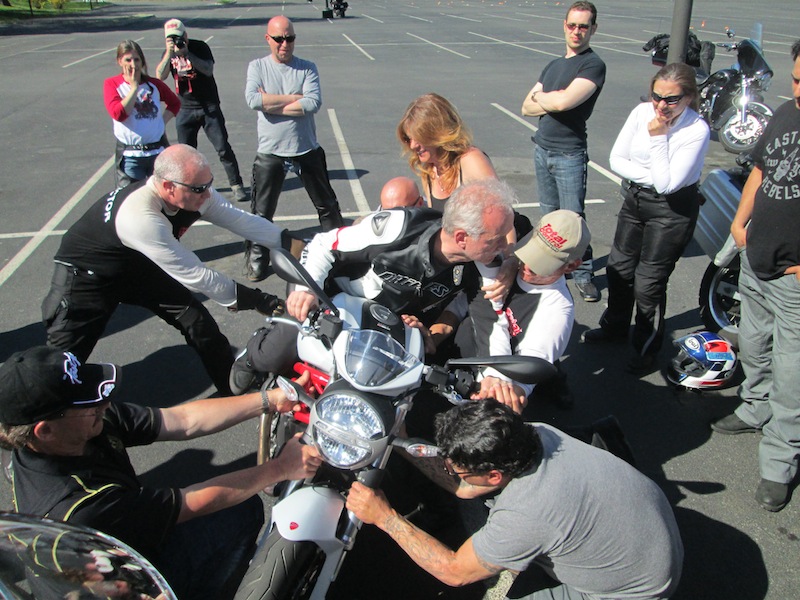
An important note for anyone considering taking the MSF Basic RiderCourse: you may not pass the course on your first try. If this turns out to be your experience, just remember that you're not alone! Even if you fail on the first (or second, or third) attempt, stay confident and remember that everyone moves at their own pace. A non-passing grade in the course simply means you're not ready to ride safely out on the road—not yet, that is. Keep trying and take the course as many times as you need to. Before you know it, you'll be out on the open road feeling carefree, confident, and (most importantly) safe.
Looking for more information on how to get started? Return to the Where Do I Start? section of the WRN Beginner's Guide.
Related Articles
Harley-Davidson Riding Academy New Rider Course
10 Steps to Becoming a Motorcycle Rider
You Flunked the MSF Beginner Course! Now What?
You Passed the MSF Beginner Course! Now What?
A One-Day Course for Experienced Riders: MSF Advanced RiderCourse

I love that this article says not to get discouraged if you don’t pass the first time (or second or third). I consider myself a skilled rider and have been riding over a decade…but it took me THREE tries to pass the MSF test. I had had no experience with dirt bikes and the coordination and use of the clutch was my nemesis. My first try, I dropped the bike and broke off the clutch! While others were passing, I was hanging my head but my heart wouldn’t let me quit! And it was a happy day when I passed on my third try. It was the hardest thing I’ve ever attempted but I am so thankful I didn’t give up. Riding has been my greatest joy (after the birth of my son). So, to all you beginners, I say, “hang in there! Realize your dream!”
I want to take a motorcycle safety course so I can get my motorcycle license. The courses are too expensive for me. Are there any programs for low income people to get a fee waiver or a class are a reduced price?
Motorcycling comes at a cost. Besides the price of the safety course, there’s all the costs associated with getting a motorcycle, maintaining it, purchasing safety gear, fuel, and more. You may consider contacting your local motorcycle safety course and inquire about becoming a range aid. The requirements are pretty simple, you just need to be able to place cones in designated locations on the course in a timely manner, push a broom once in a while, and fill out basic paperwork. You’ll make some money and will learn a lot just from observing others learn to ride. They may even let you take a class for free or a reduced fee once you begin working for the organization.
Best investment, other than a good bike. The only difference is that I was required to provide my own helmet to take the class. That was in September 2013. I’ve gotten more than 2,000 miles under my belt now and have graduated to a cruiser class bike. LOVE TO RIDE!
Great article.
Excellent article with lots of good advice for someone (male or female) wanting to learn to ride correctly. I’m a former H-D Riding Academy program manager and have to point out that the H-D course is NOT just for those who want to ride a Harley exclusively. I taught a lot of new riders who either already owned a non-Harley or subsequently bought a bike other than a Harley for their first ride. That’s okay! As long as you’re on two wheels, I’ll gladly ride with you.
It was wonderful. I enjoyed reading it. Thank you!
=
I took the Harley Rider’s Edge course two years ago and it was great. At the time they were in the process of switching over from the Buell Blasts to the new Street 500s. If you take the course at Harley and want a Harley, you will get reimbursed for the cost of the class when you buy a Harley (at least that is what they did two years ago). I rode the Buell Blasts and the one that I rode had a funky shifter on it. There is a badge of honor to riding the old Blasts in that course. Haha! The new Street 500s have big old engine guards on them so if you do go down on the course, you won’t have the bike’s weight on you at all. It’s pretty safe overall with the new 500s, how they decked them out for the course. I passed the course on the first try and was very nervous. It is a lot different riding on your own than watching what hubby does from the passenger seat. I definitely want to take an advanced rider course now that I have close to 5,000 miles on my own little bike. I also want to do a track day. I know here in the MD/VA/WV area you can do track days at Summit Point and they have a beginner/novice class. And I think you can take any bike, including cruisers. My former MSF instructors had said for the advanced course (with them), they just need five riders to commit to it and a day to do it. The hard part will be finding the riders and a day to do it!
Thanks for sharing your thoughts on the class Katherine. Here is more info on the Harley Street 500 used in the Harley training class for those interested.
I did the MSF (MSS where I was in the Bronx) course last weekend, which I passed, and am now awaiting my tax refund in order to go out and buy my first motorcycle. I found the course pretty easy, but had the advantage of having done the Australian equivalent a couple of years ago – though that was on a scooter. Everyone in my group passed, except for one person who dropped out on the first day, and the group was 50/50 women and men. The instructors were kind and knowledgable and despite it being freezing cold, both days were great fun. I believe training is invaluable and will be taking further courses once I’ve got my own bike. Can’t wait to get out there!
I am starting this course next week and can hardly wait! Thanks for the encouragement about possibly failing the first time (or more). If that happens, I’ll try again!
Great article! I did fail my first course taken last year at Harley-Davidson, so now reading the articles, I feel even better about taking another course. I want to ride and I want to learn the correct way and be confident riding.
As a RiderCoach I love it when females take the course. Their significant others think that they don’t need to take the course. So after completion, they come back to the reunions and tell us about how they can corner and turn so much better than their significant other. I do believe that to a certain point a female coach connects better with female riders but there is that line that some can try to cross to play the “guilt trip.” It can be hard sometimes but it is all part of the job.
Definitely take a course. It’s the best thing you can do for yourself as a rider. The sooner you learn the correct riding techniques, the better!And you don’t have to have ever ridden to take the course. I had never been on a motorcycle at all (not even as a passenger) before I took the course.
Genevieve – this is so true – take a class! The exercises and class lectures are proven to be safe! Great article!
I totally agree on taking the course. I rode behind my husband for 25 years and got tired of waiting till he was ready to go ride. So I took the BRC in Tyler, Texas, and was the best thing I could of done for myself. He wanted and said he would teach me, but for the reasons you stated, better to let someone who knows the true safety knowledge and not pick up someone else’s habits rather they be good or bad. I can’t thank my instructors enough on their knowledge of getting me on my own bike. Anyone who is wanting to ride please take the course. You will be glad you did. And I was totally surprised as to how many riders I have came across who do not have the “M” on their licenses. I am very proud to carry the “M” on mine and carry my certificate with my insurance and registration for my bike as am proud of that as well. So as stated, take the course. I have been thinking of taking the more advanced course come spring. I am a safe and good rider, but know there is more I can learn. By the way I took the course at 61 years young and will be 64 in March. Never too late to do what you have wanted to do all along.
Great article. As a RiderCoach I appreciate the advice considering the skills that most beginners have when they start. I have seen the number of women grow in my classes and have noted they are generally better students. I would also add that we need more female RC’s as they typically connect better and have tips that I probably am unawares of. Ride safeSincerely,Fred WheelerRiderCoachAlabama Motorcycle Safety Program
Have been a ride along for hundreds of years….need my own wheels!
I thoroughly enjoyed all aspects of your article. I’m more encouraged after reading! No support from family. I know this is something I could enjoy alone or with friends.
Just purchased my first bike and need to take a class before getting on the road. Need to do this soon.